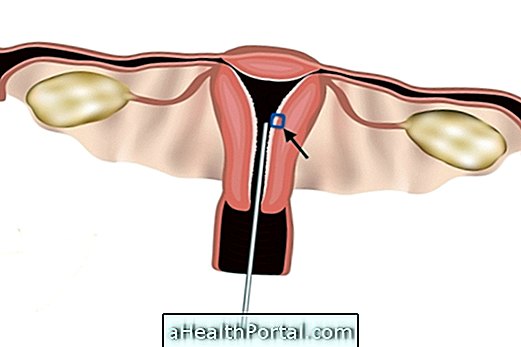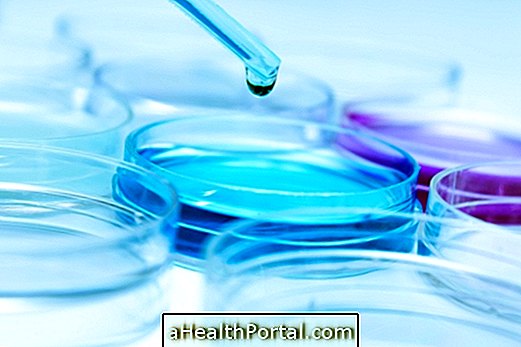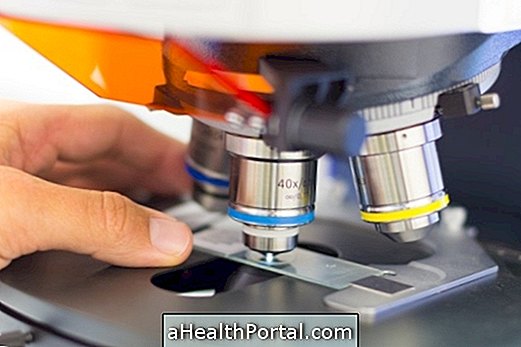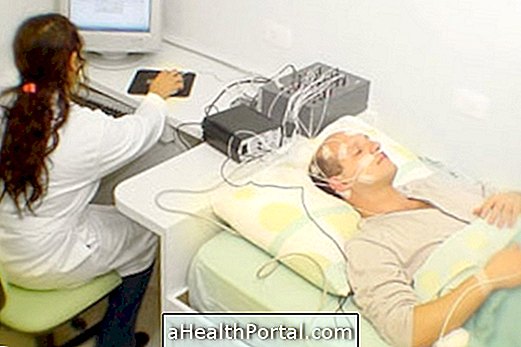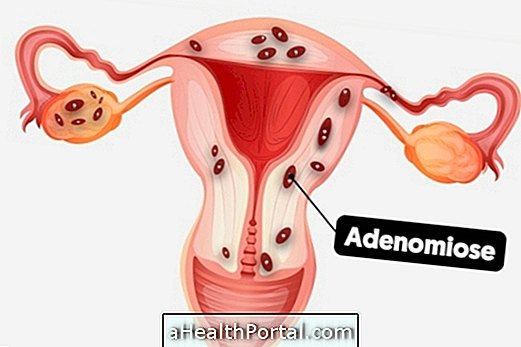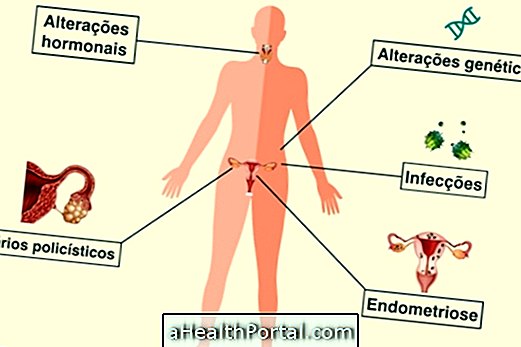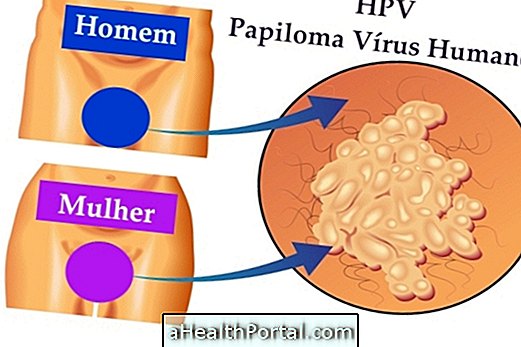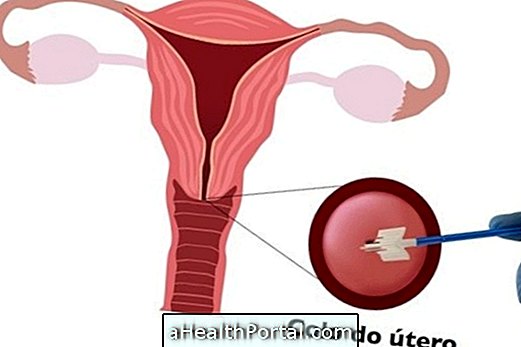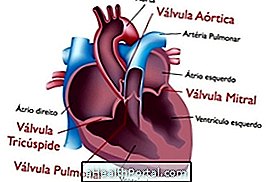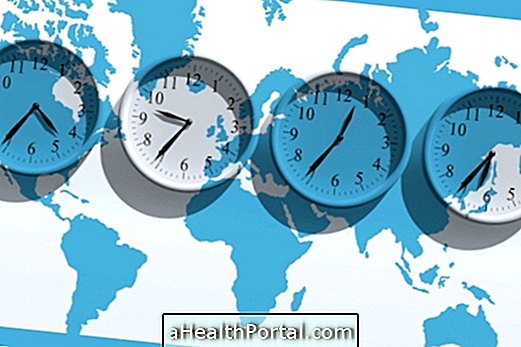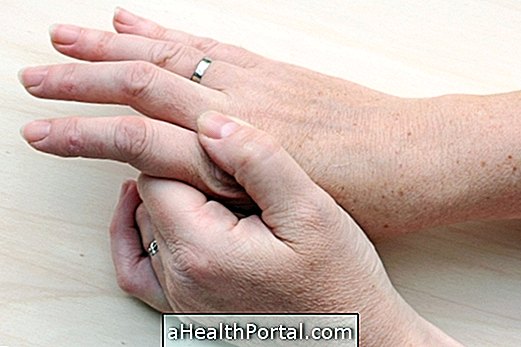The complete blood count is the blood test that evaluates the cells that make up the blood, such as leukocytes, known as white blood cells, red blood cells, also called red blood cells or erythrocytes, and platelets.
The part of the hemogram that corresponds to the red cells is called an erythrogram, which, in addition to indicating the number of blood cells, tells about the quality of red blood cells, indicating if they are of the appropriate size or with recommended amounts of hemoglobin inside them. which helps to clarify causes of anemia, for example. This information is provided by the hematimetric indices, which are HCM, VCM, CHCM and RDW.
No fasting is required for collection, however, it is recommended not to perform physical activity 24 hours before the exam and to remain 48 hours without taking any type of alcoholic beverage as it may change the result.
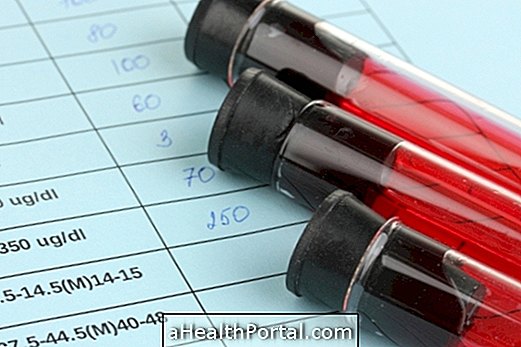
What is it for
The blood count is used to help diagnose and monitor the evolution of diseases that cause changes in the blood, such as:
- Anemias;
- Bone marrow disorders;
- Bacterial, fungal, or viral infections;
- Inflammation;
- Cancer, especially leukemias or lymphomas;
- Changes in platelets, such as their increase (platelet count) or decrease (platelet count);
- Follow-up of situations that may compromise the functioning of the bone marrow, such as during chemotherapy, for example.
In addition, the blood count is useful for monitoring chronic diseases that can occur with anemia, such as kidney failure, rheumatoid arthritis, heart failure or lung diseases, for example.
How is done
The test is performed in an automated way through a flow cytometry equipment, whose function is to count, evaluate and classify the blood cells according to several established criteria.
However, even with the result provided by the equipment, it is necessary to perform a microscopic analysis, called a differential blood smear, which is done by a qualified professional in Clinical Analyzes. Differential count consists of leukocyte differentiation and visualization of structures present in red blood cells or leukocytes. In addition, counting through the microscope allows the identification of immature cells and thus may aid in the diagnosis of leukemia, for example.
How to interpret the blood count
In order to interpret the blood count, the doctor should observe its results and check if the values are normal, high or low, in addition to correlating them with possible symptoms presented by the person and the result of other exams that may have been requested. Some situations that can be observed in a hemogram are:
1. Red blood cells, red blood cells or erythrocytes

The erythrogram is the part of the hemogram in which the characteristics of red blood cells, red blood cells, also known as erythrocytes, are analyzed.
| HT or HCT - Hematocrit | It represents the percentage of the volume occupied by the red blood cells in the total volume of blood | Alto: Dehydration, polycythemia and shock; Low: Anemia, excessive blood loss, kidney disease, iron deficiency and protein and sepsis. |
| Hb - Hemoglobin | It is one of the components of the red blood cells and is responsible for the transport of oxygen |
High: polycythemia, heart failure, lung diseases and at high altitudes; Low: Pregnancy, iron deficiency anemia, megaloblastic anemia, thalassemia, cancer, malnutrition, liver disease and lupus. |
In addition to the quantity of red blood cells, a blood count should also analyze their morphological characteristics, as they may also indicate diseases. This evaluation is made by means of the following hematimetric indices:
- VCM or Corpuscular Mean Volume: measures the size of red blood cells, which may be increased in some types of anemia, such as vitamin B12 deficiency or folic acid, alcoholism or changes in the bone marrow. If it is decreased, it may indicate anemia due to iron deficiency or of genetic origin, such as thalassemia, for example. Learn more about VCM;
- HCM or Corpuscular Hemoglobin Mean: indicates the total hemoglobin concentration through analysis of the size and color of the red blood cell. See what high and low HCM stands for;
- CHCM (concentration of mean corpuscular hemoglobin): demonstrates hemoglobin concentration by hemocyte, normally being decreased in anemias, which is called hypochromy;
- RDW (Red Blood Ratio): This is an index that indicates the percentage of variation in size between the red blood cells in a blood sample, so if there are red blood cells of varying sizes in the sample, the test may change, which may be a clue to the onset of iron or vitamin deficiency anemias, for example, and their reference values are between 10 to 15%. Learn more about RDW.
Learn more about blood count reference values.
2. White blood cells (Leukocytes)

Leukogram is an important test to help verify the person's immunity and how the body can react to different situations, such as infections and inflammations. When the leukocyte concentration is elevated, the condition is called leukocytosis, and the reverse is leukopenia. Here's how to understand the outcome of the leukogram.
| Neutrophils | High: Infections, inflammation, cancer, trauma, stress, diabetes or gout. Low: Lack of vitamin B12, sickle cell anemia, steroid use, post surgery or thrombocytopenic purpura. |
| Eosinophils | High : Allergy, verminoses, pernicious anemia, ulcerative colitis or Hodgkin's disease. Low: Use of beta-blockers, corticosteroids, stress, bacterial or viral infection. |
| Basophils | Alto : After removal of the spleen, chronic myeloid leukemia, polycythemia, chicken pox or Hodgkin's disease. Low : Hyperthyroidism, acute infections, pregnancy or anaphylactic shock. |
| Lymphocytes | High : Infectious mononucleosis, mumps, measles and acute infections. Low : Infection or malnutrition. |
| Monocytes | High : Monocytic leukemia, lipid storage disease, protozoal infection or chronic ulcerative colitis. Low : aplastic anemia. |
3. Platelets
Platelets are actually fragments of cells that are very important because they are responsible for the onset of the coagulation process. The normal platelet normal value should be between 150, 000 to 450, 000 / mm³ of blood.
Elevated platelets are worrying because they can cause blood clots and thrombi, and there is a risk of thrombosis and pulmonary embolism, for example. Even when they are reduced, they can increase the risk of bleeding. Find out what causes and what to do in case of low platelets.
